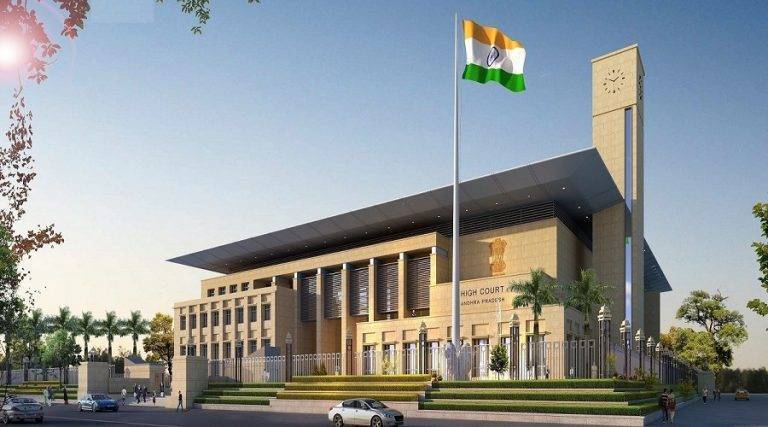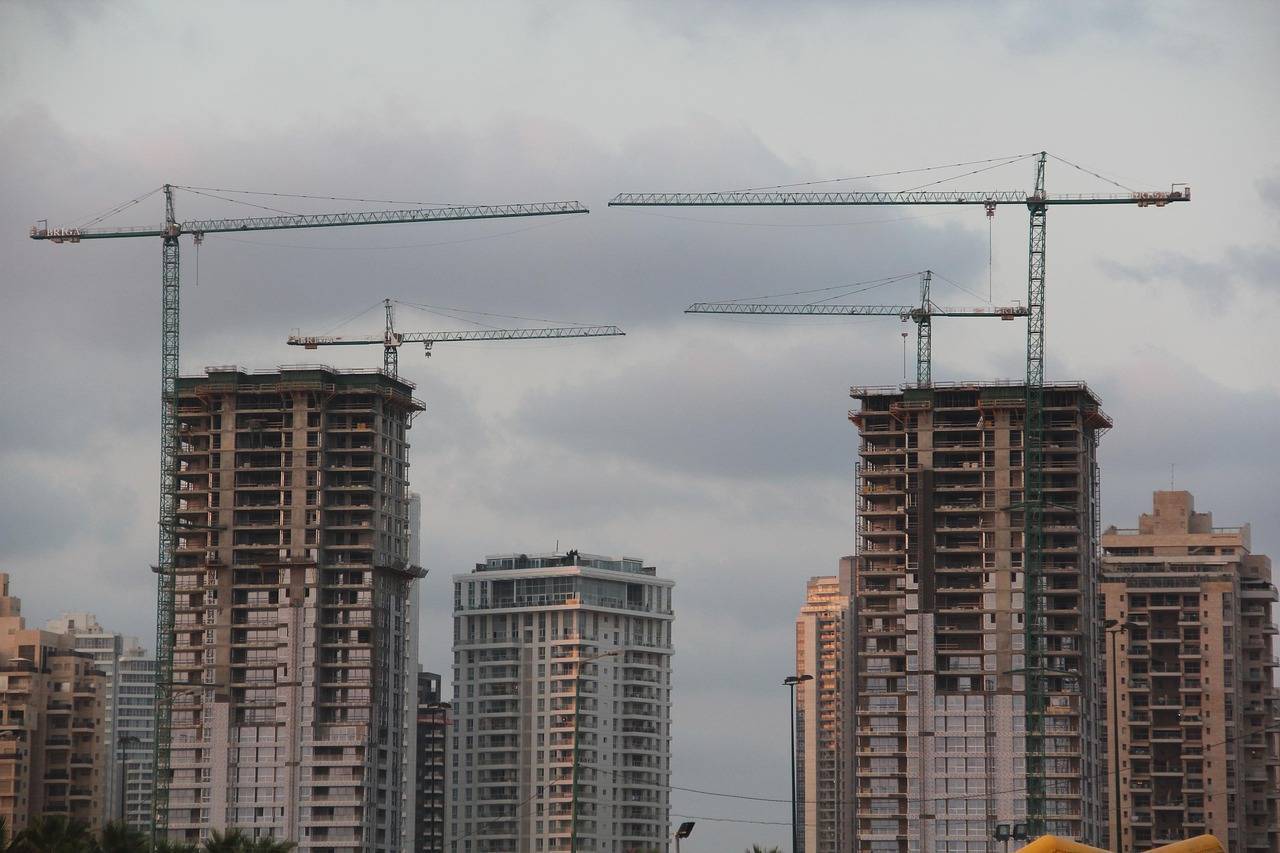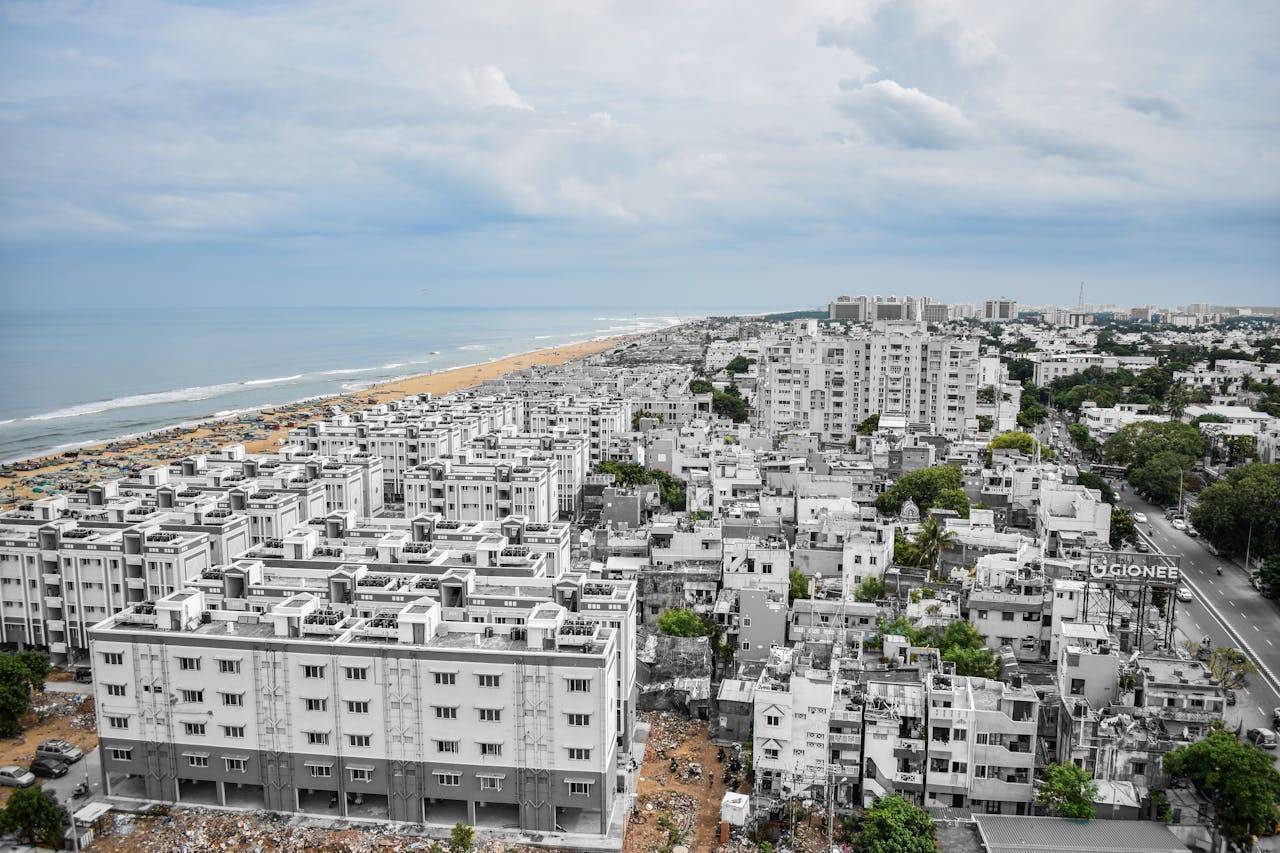Residential property prices in India’s major metropolitan cities have witnessed significant growth over the past year, with major increases recorded in Delhi-NCR, Mumbai, and Bengaluru. According to a recent report by Knight Frank Research, these cities have experienced upward trends in housing prices, driven by demand, infrastructure development, and market dynamics.
In the Delhi-NCR region, residential property prices have risen by approximately 14 percent over the last 12 months. Key locations such as the NH-24 bypass in Ghaziabad have seen price increases reaching nearly 30 percent, marking some of the highest growth rates in the area. Adjacent areas including Raj Nagar Extension in Ghaziabad and parts of Greater Noida have also experienced upward price movements, with rates climbing up to around ₹5,500 per square foot.
Bengaluru’s residential market has followed a similar trend, with prices increasing by about 14 percent on average in the last year. Certain micro-markets within Bengaluru have recorded even higher gains. Areas like Whitefield and Bannerghatta Road reported an 18 percent rise, while other neighborhoods such as Marathahalli, Rajajinagar, Thanisandra, and Tumkur Road saw increases ranging between 13 to 15 percent. The average price per square foot in Bengaluru now stands at approximately ₹7,052.
In Hyderabad, the housing market also demonstrated growth, though slightly lower than Bengaluru and Delhi-NCR. Residential property prices increased by about 11 percent annually. Notable increases were observed in the southern and eastern parts of the city, particularly in the LB Nagar area, where prices ranged between ₹6,950 and ₹7,307 per square foot.
Mumbai continues to hold the position of the most expensive real estate market among the major Indian metros. The average price per square foot in the city has increased by 8 percent over the past year, reaching approximately ₹8,532. Central Mumbai areas have recorded consistent growth in property prices. However, some suburbs such as Vashi showed a different trend, with relatively lower price increases. Other suburban locations like Virar, Goregaon, and Andheri posted price rises of about 6 percent.
The report indicates that Mumbai, Bengaluru, and Delhi have all secured places among the top 15 global cities for prime residential price growth. Bengaluru ranks fourth globally, Mumbai is fifth, and Delhi holds the 15th position. This ranking reflects strong demand and sustained interest in real estate investment within these cities.
Infrastructure development is one of the key factors supporting this growth in property values. Improved connectivity through new metro lines, highway expansions, and enhanced public transportation has increased the attractiveness of peripheral and emerging residential zones. For example, in Mumbai, the planned integration of the Metro lines with the upcoming Mumbai-Ahmedabad bullet train project at Bandra Kurla Complex is expected to boost real estate activity in the area.
Similarly, in Bengaluru, neighborhoods such as Whitefield have benefitted from proximity to IT hubs and transport infrastructure, drawing interest from both homebuyers and investors. Delhi-NCR areas along the NH-24 corridor and Greater Noida are experiencing rapid residential development due to their accessibility and availability of larger land parcels.
The surge in property prices is also partly attributed to market factors including limited supply in prime areas, increased demand from end-users, and the resumption of housing sales following pandemic-related slowdowns. Additionally, favorable home loan interest rates and government incentives for the real estate sector have contributed to maintaining buyer interest.
However, rising property prices present challenges for prospective homebuyers, particularly first-time buyers and those in mid-income groups. Affordability concerns are becoming more prominent as prices climb in key urban centers. Some experts suggest that the current market dynamics may encourage increased focus on affordable housing projects and developments in emerging suburbs to meet demand.
Real estate developers are responding by launching projects that target a broader spectrum of buyers, offering a range of housing options that balance location, price, and amenities. Market observers expect that this trend will continue as cities expand and housing demand evolves.
Image source- freepik.com









.png)